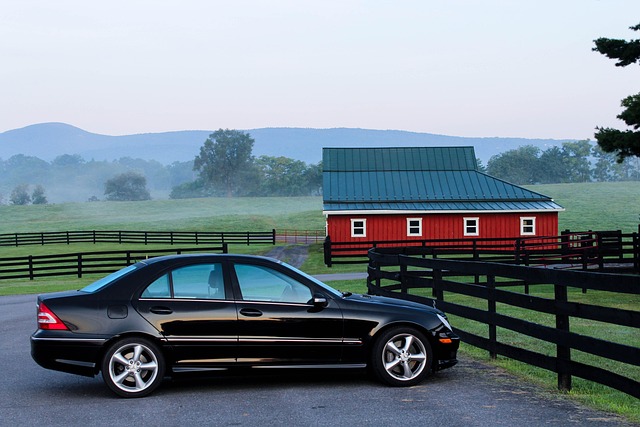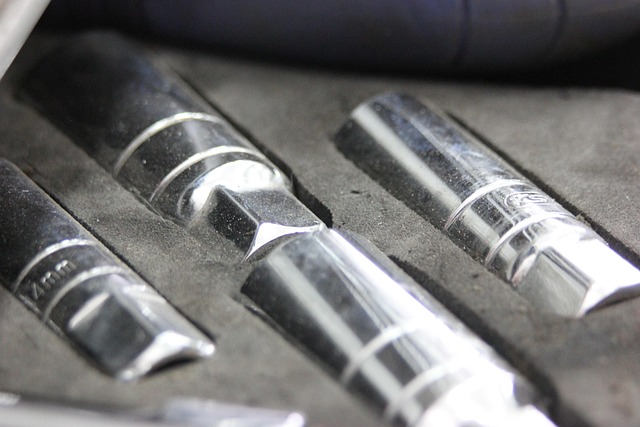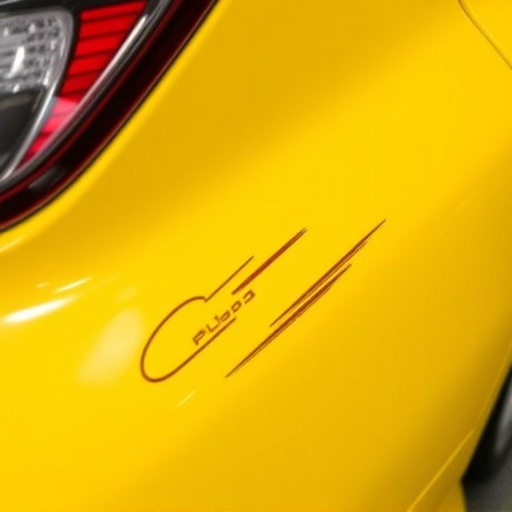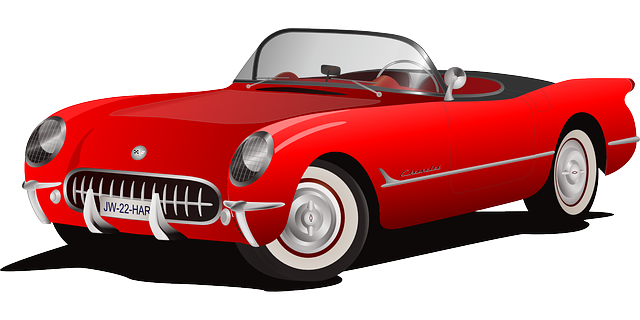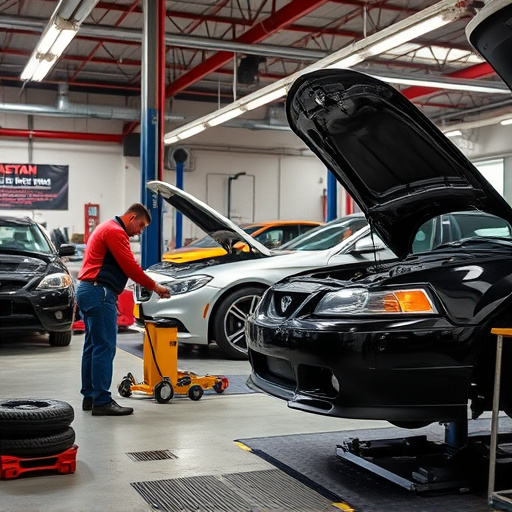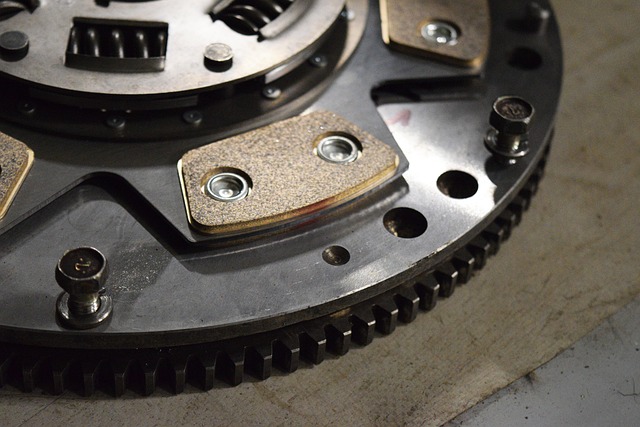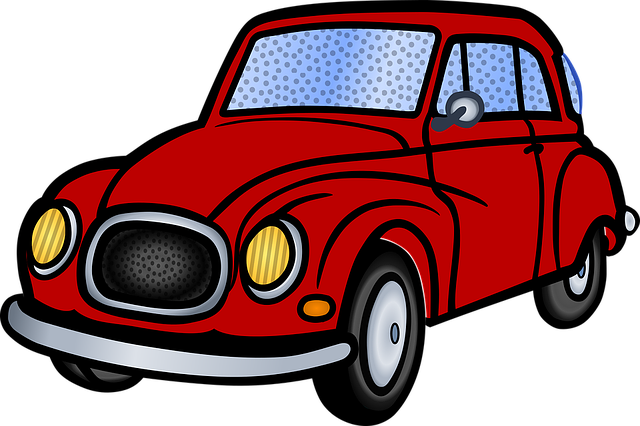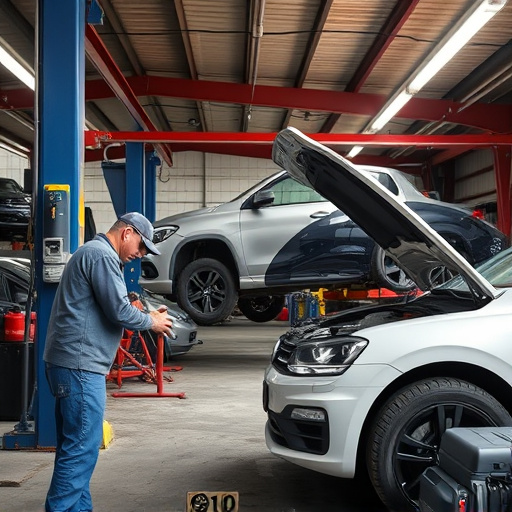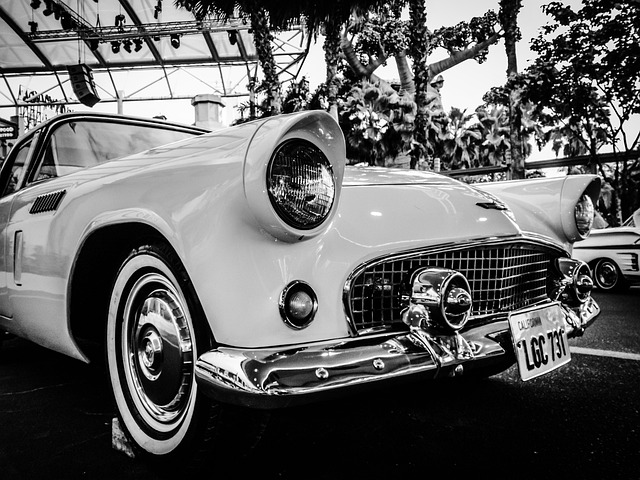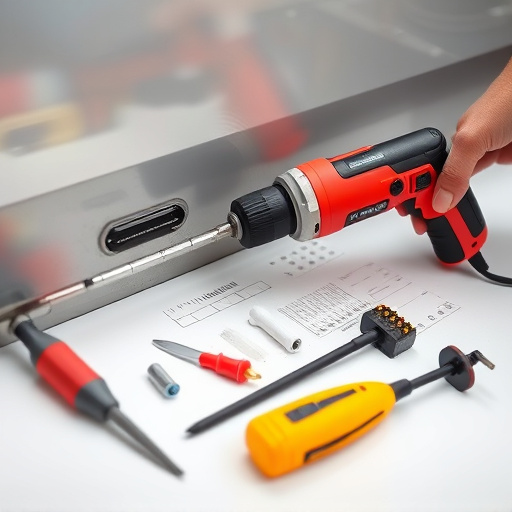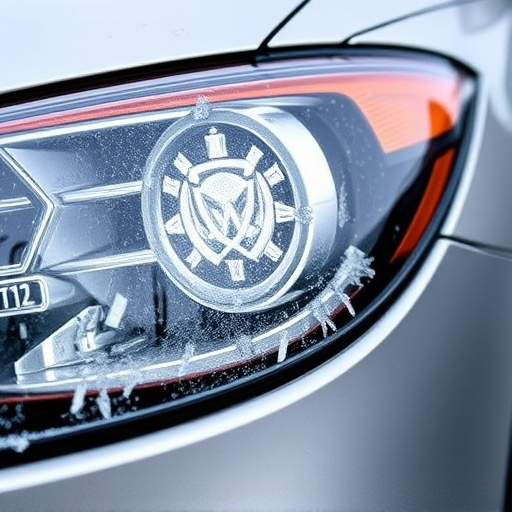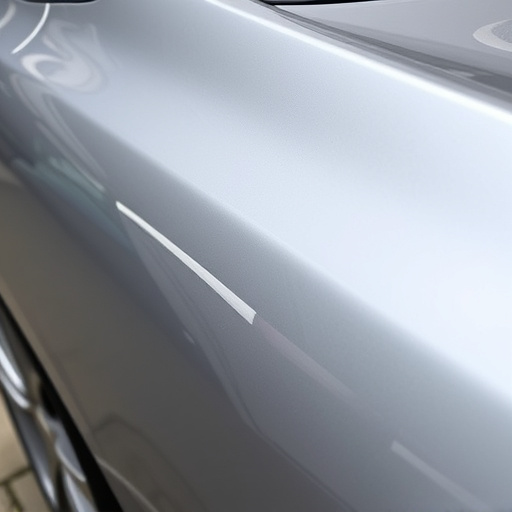Auto body restoration is a meticulous art that focuses on preserving vehicles' original integrity and historical value, with skilled technicians using precise measurements and specialized tools. Modern trends emphasize customization, shifting from replication to uniqueness, particularly in dent repair with innovative techniques like paintless dent repair. Restorers can transform repairs into artistic endeavors, catering to personalized style preferences. The choice between original and custom restoration depends on prioritizing authenticity or embracing creative modifications for a distinctive look.
Auto body restoration is a meticulous art, offering two distinct approaches: original restoration and customization. The former focuses on preserving the vehicle’s historic integrity, while the latter unleashes creative freedom. Understanding these differences is key to optimal results.
This article explores the intricacies of each method, guiding readers through the process and helping them make informed choices for their auto body restoration projects. From historical preservation to modern creativity, discover the unique paths of restoring vehicles to their former glory.
- Understanding Original Auto Body Restoration: The Art of Preservation
- Customization and Creativity: Redefining Auto Body Restoration
- Key Differences: When to Choose Each Approach for Optimal Results
Understanding Original Auto Body Restoration: The Art of Preservation

Understanding Original Auto Body Restoration: The Art of Preservation
Original auto body restoration is a meticulous process that involves preserving the vehicle’s authentic integrity and historical value. It is an art where skilled technicians meticulously reconstruct damaged panels, frames, and components to their pre-accident condition. This method demands an in-depth knowledge of the car’s make and model, as well as an eye for detail to match finishes, textures, and contours accurately. The ultimate goal is to return the vehicle to its original state, ensuring it retains its classic charm and collects value over time.
In this meticulous craft, every step is crucial. From carefully removing damaged parts to exacting measurements and precise repairs, restorers must navigate a labyrinth of intricate processes. They employ specialized tools and techniques to address dings, dents, and deformations, ensuring the vehicle’s structural integrity remains intact. This level of craftsmanship is especially notable in iconic models like Mercedes-Benz repair cases, where authenticity and historical accuracy are paramount for collectors and enthusiasts alike.
Customization and Creativity: Redefining Auto Body Restoration
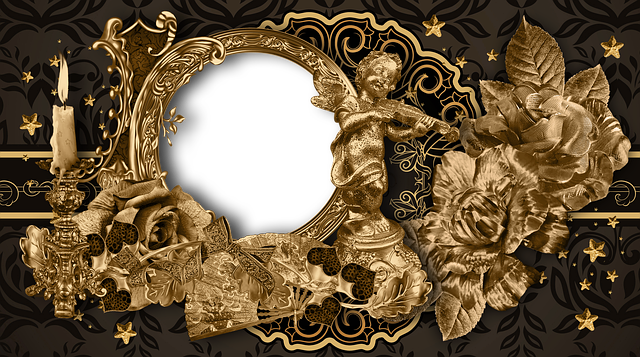
In the realm of auto body restoration, customization and creativity have emerged as game-changers, redefining how we approach vehicle repair. Unlike traditional methods focused on mere replication, modern restoration practices encourage uniqueness and personalization. This shift is particularly evident in the art of fixing vehicle dents, moving beyond conventional techniques like paint and panel replacement to innovative solutions such as paintless dent repair.
By embracing customization, restorers can transform a simple repair process into an opportunity for artistic expression. This involves employing advanced tools and techniques to seamlessly integrate repairs with the vehicle’s original design, preserving its aesthetic integrity. Furthermore, custom restoration opens doors to endless possibilities, allowing car owners to envision their vehicles as blank canvases where their individual styles and preferences can be expressed through tailored modifications that extend beyond conventional auto body restoration practices.
Key Differences: When to Choose Each Approach for Optimal Results
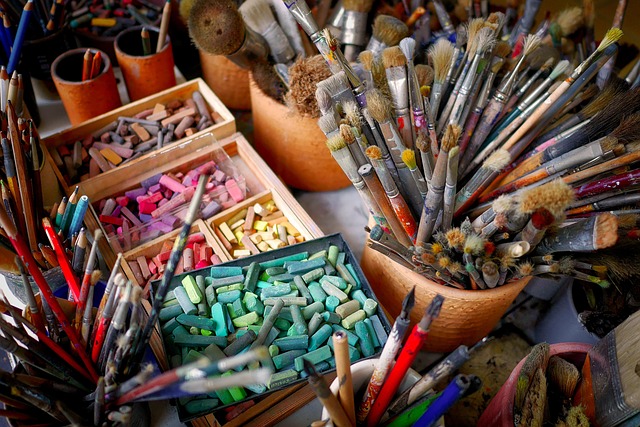
When considering auto body restoration, understanding the key differences between original and custom approaches is crucial for achieving optimal results. Original restoration focuses on repairing and replacing damaged components to return the vehicle to its manufacturer’s specifications. This method prioritizes authenticity, ensuring every detail aligns with the car’s original design. It involves techniques like frame straightening to restore structural integrity after a vehicle collision repair, using genuine parts to maintain the car’s value and resale potential.
In contrast, custom restoration takes a more creative and personalized approach. It allows for unique modifications, aesthetic improvements, or even a complete transformation of the vehicle’s appearance. Custom work often involves extensive vehicle paint repair and refinishing to achieve intricate designs or special effects. This approach caters to individuals seeking a distinctive look or those interested in restoring a classic car to its former glory while adding their own creative touches. The choice between original and custom depends on whether preserving the vehicle’s original integrity or embracing personalization is the priority.
Auto body restoration is a craft that blends art and science, with both original preservation and custom redesign offering unique benefits. Understanding these distinct approaches allows car owners to make informed decisions tailored to their preferences and vehicles’ needs. Whether prioritizing historical accuracy or innovative creativity, the choice between original and custom restoration depends on individual goals. By weighing key differences discussed in this article, car enthusiasts can embark on a journey that enhances their vehicle’s aesthetics and value, ensuring a satisfying auto body restoration experience.

